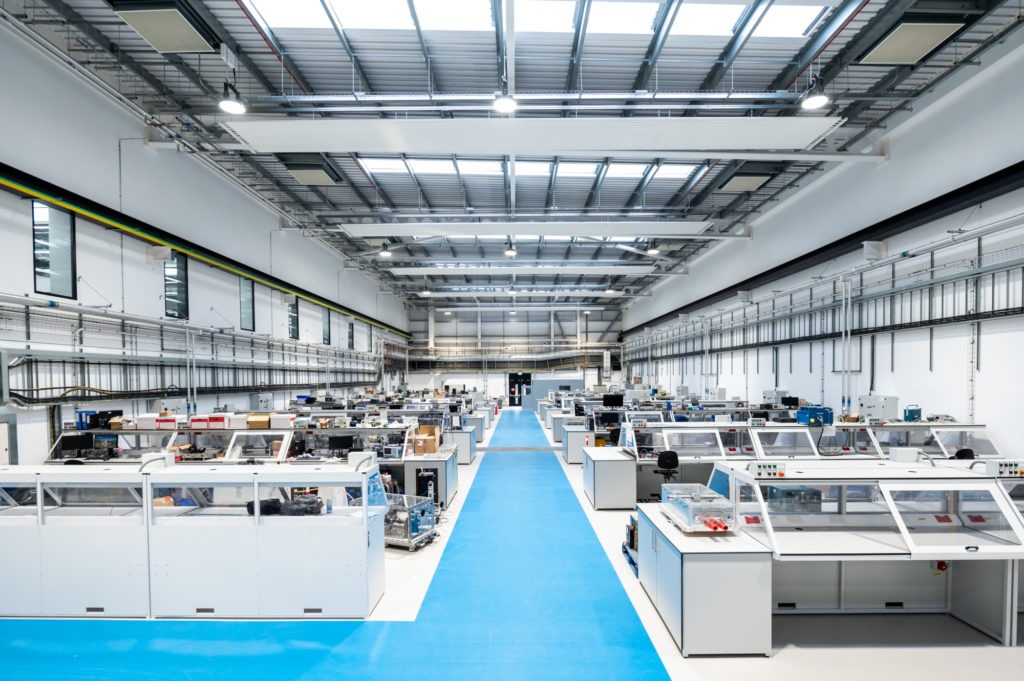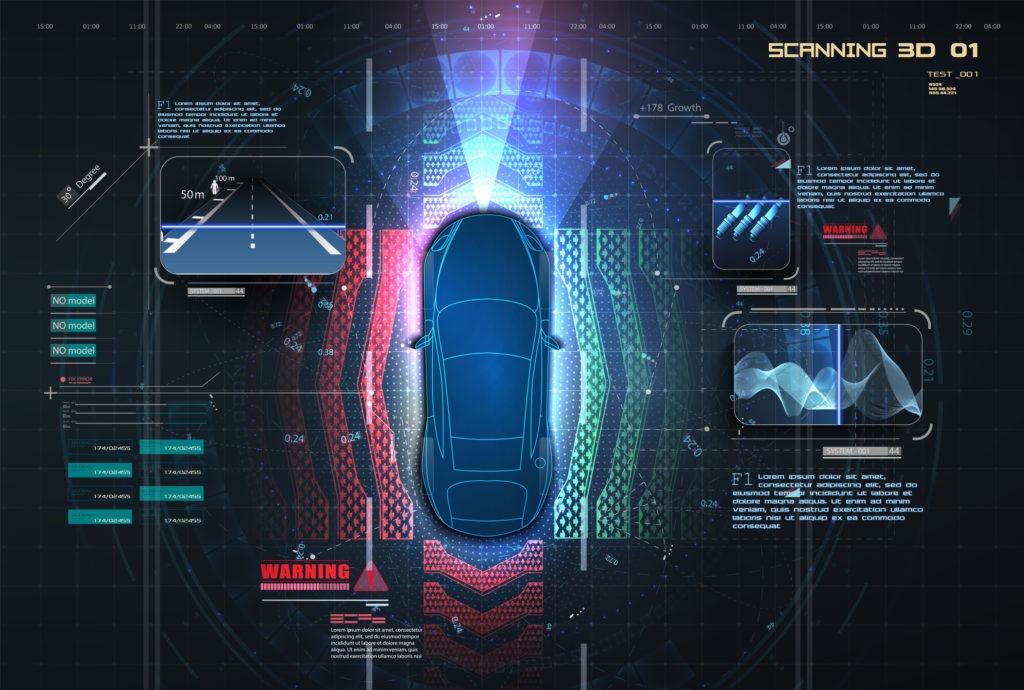Mercedes-Benz gains type approval for L3 autonomous system
15 December 2021

The Kraftfahrt-Bundesamt (KBA) has granted type approval to Mercedes-Benz’s automated lane-keeping system (ALKS), known as Drive Pilot. It is the first ALKS in the world to meet the requirements of UN Regulation 157 for an SAE Level 3 (L3) system.
‘With the approval of the authorities, we have now achieved a breakthrough: We are the first manufacturer to put conditionally-automated driving into series production in Germany,’ said Markus Schäfer, Mercedes-Benz CTO responsible for development and purchasing.
136 years later
With its newly-gained approval, Mercedes-Benz will deploy Drive Pilot in Germany during the first half of 2022. The ALKS will first feature in the S-Class and then the electric EQS. It will enable conditional automation at 60km/h in congested traffic on just over 13,000km of suitable German roads. While enabled, the system will allow drivers to use the central display to send emails, watch a film, or shop online.
Controls on the steering-wheel rim above the thumb recesses activate Drive Pilot. When deployed, it controls the vehicle’s speed, distance, and position within the lane. All of this is mapped out considering surrounding traffic, road signs and the route. This information is gathered by an array of sensors, LiDAR, cameras, microphones, and a HD map.
‘With this milestone, we are once again proving our pioneering work in automated driving and also initiating a radical paradigm shift. For the first time in 136 years of automotive history, the vehicle takes over the dynamic-driving task under certain conditions. At the same time, we are pleased that Germany is continuing its pioneering role in automated driving with this approval,’ Schäfer added.
This new approval opens the door for Mercedes-Benz to offer its ALKS internationally, with test drives already underway in the US and China. As soon as national legal frameworks appear in additional markets, the carmaker hopes to launch further rollouts.
A world first
The KBA has been supporting the development of regulations at a UN Economic Commission for Europe (UNECE) level for several years. Germany first opened the Road Traffic Act for L3 systems back in 2017. It also adapted to other UN schemes, such as 155 for cybersecurity and 156 for software updates, which are prerequisites for approval under 157 for ALKS.
‘This type approval for automated driving, issued by the KBA, is an important first step on the way to automation,’ said Richard Damm, president of the KBA. ‘The KBA sets national, European and international standards in road safety on the way to autonomous driving. That is the central point, because what is needed is the trust of consumers in the security of the new technologies. In order to create this trust, we have applied a strict standard, which we, as pioneers in this area, will adhere to on our further path.’
At L3, autonomous systems do not require constant monitoring – unlike L2 – freeing users to do things other than drive. Regulation 157 limits the use of ALKS to roads without pedestrians or cyclists, with a divide between opposite sides of traffic flow, up to a speed of 60km/h. This effectively pigeon-holes the technology for use on highly-conjested roads like motorways. Additionally, the driver must be ready to take back control at any time as required.
But what is an L3 system, and how does it relate to other types of vehicle autonomy? Earlier this year, SAE International refined its hierarchy to avoid confusion. Levels range from L0, with no automation, to L1 and L2, which are driver-support systems, and L3 to L5, which are automated-driving systems. Journalist Tom Geggus also unwrapped vehicle autonomy as part of Autovista24’s explained video series.



